Aging Population Dynamics
The aging population in South America is a crucial driver for the medical alert-systems market. As the demographic shifts towards an older age group, the demand for healthcare solutions that ensure safety and independence increases. By 2025, it is projected that individuals aged 65 and older will constitute approximately 10% of the total population in several South American countries. This demographic trend necessitates the adoption of medical alert systems, which provide immediate assistance in emergencies, thereby enhancing the quality of life for seniors. The medical alert-systems market is likely to experience substantial growth as families seek reliable solutions to monitor their elderly relatives, ensuring their safety while allowing them to maintain autonomy.
Rising Healthcare Expenditures
Healthcare expenditures in South America are on the rise, which significantly impacts the medical alert-systems market. Governments and private sectors are increasingly investing in healthcare infrastructure, with spending projected to reach $1 trillion by 2025. This increase in funding allows for the development and distribution of advanced medical alert systems, making them more accessible to the population. As healthcare costs rise, individuals and families are more inclined to invest in preventive measures, such as medical alert systems, to mitigate potential health risks. The medical alert-systems market stands to benefit from this trend, as consumers prioritize safety and health management in their spending.
Supportive Regulatory Frameworks
Supportive regulatory frameworks in South America are fostering growth in the medical alert-systems market. Governments are recognizing the importance of personal safety technologies and are implementing policies that encourage innovation and accessibility. For instance, initiatives aimed at subsidizing healthcare technologies for low-income families are becoming more common. By 2025, it is anticipated that regulatory support will lead to a 20% increase in the adoption of medical alert systems among vulnerable populations. This regulatory environment not only enhances market growth but also ensures that essential safety solutions are available to those who need them most, thereby strengthening the medical alert-systems market.
Increased Awareness of Health Risks
There is a growing awareness of health risks associated with aging and chronic conditions in South America, which drives the medical alert-systems market. As individuals become more informed about the potential dangers of falls, heart attacks, and other emergencies, the demand for proactive safety measures rises. Surveys indicate that approximately 60% of older adults express concern about their safety at home, prompting families to seek medical alert systems as a preventive solution. This heightened awareness fosters a culture of safety, where the medical alert-systems market is positioned to provide essential tools for risk management and emergency response.
Technological Integration in Healthcare
The integration of technology into healthcare services is transforming the medical alert-systems market. Innovations such as mobile applications, wearable devices, and telehealth services are becoming increasingly prevalent in South America. These technologies enhance the functionality of medical alert systems, allowing for real-time monitoring and communication with healthcare providers. As of 2025, it is estimated that over 30% of medical alert systems will incorporate advanced technology features, appealing to tech-savvy consumers. This trend indicates a shift towards more sophisticated solutions that not only provide alerts but also facilitate comprehensive health management. The medical alert-systems market is likely to thrive as these technologies become standard in personal safety solutions.


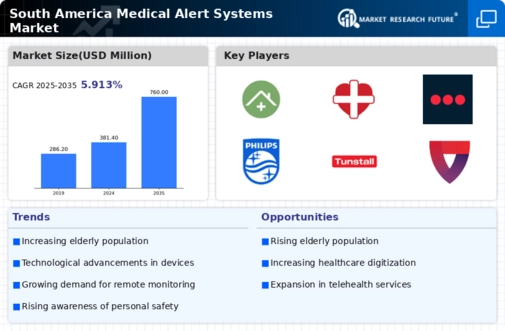
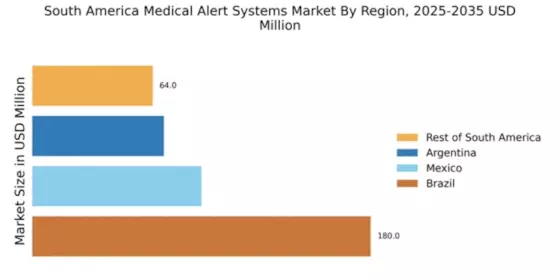
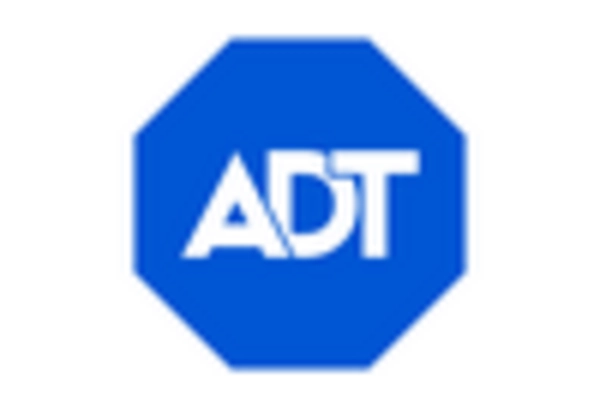
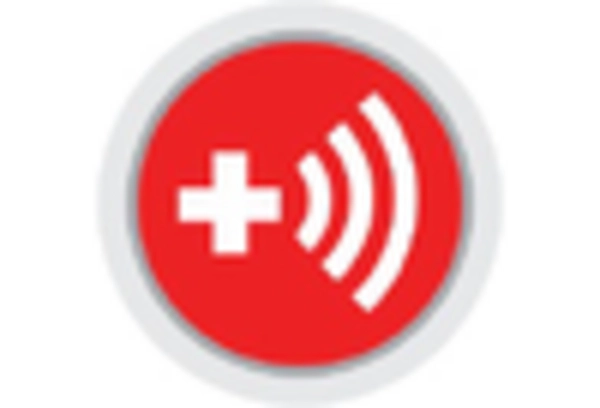
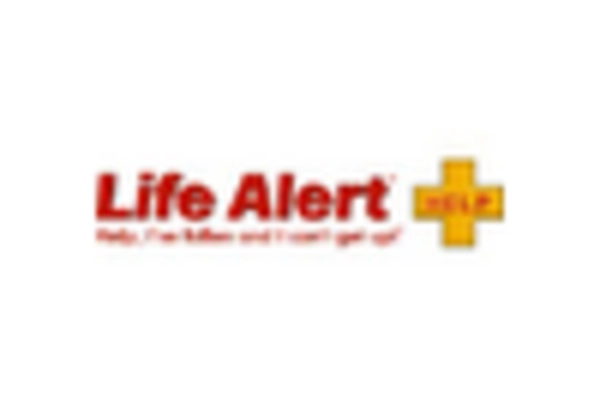
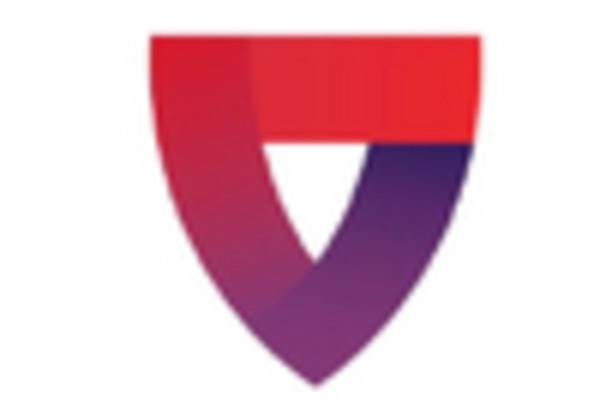
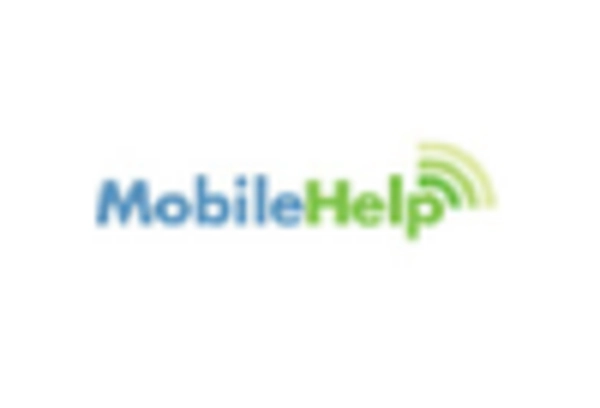
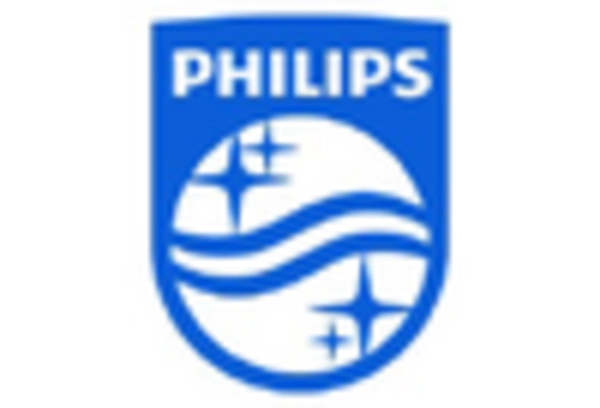








Leave a Comment